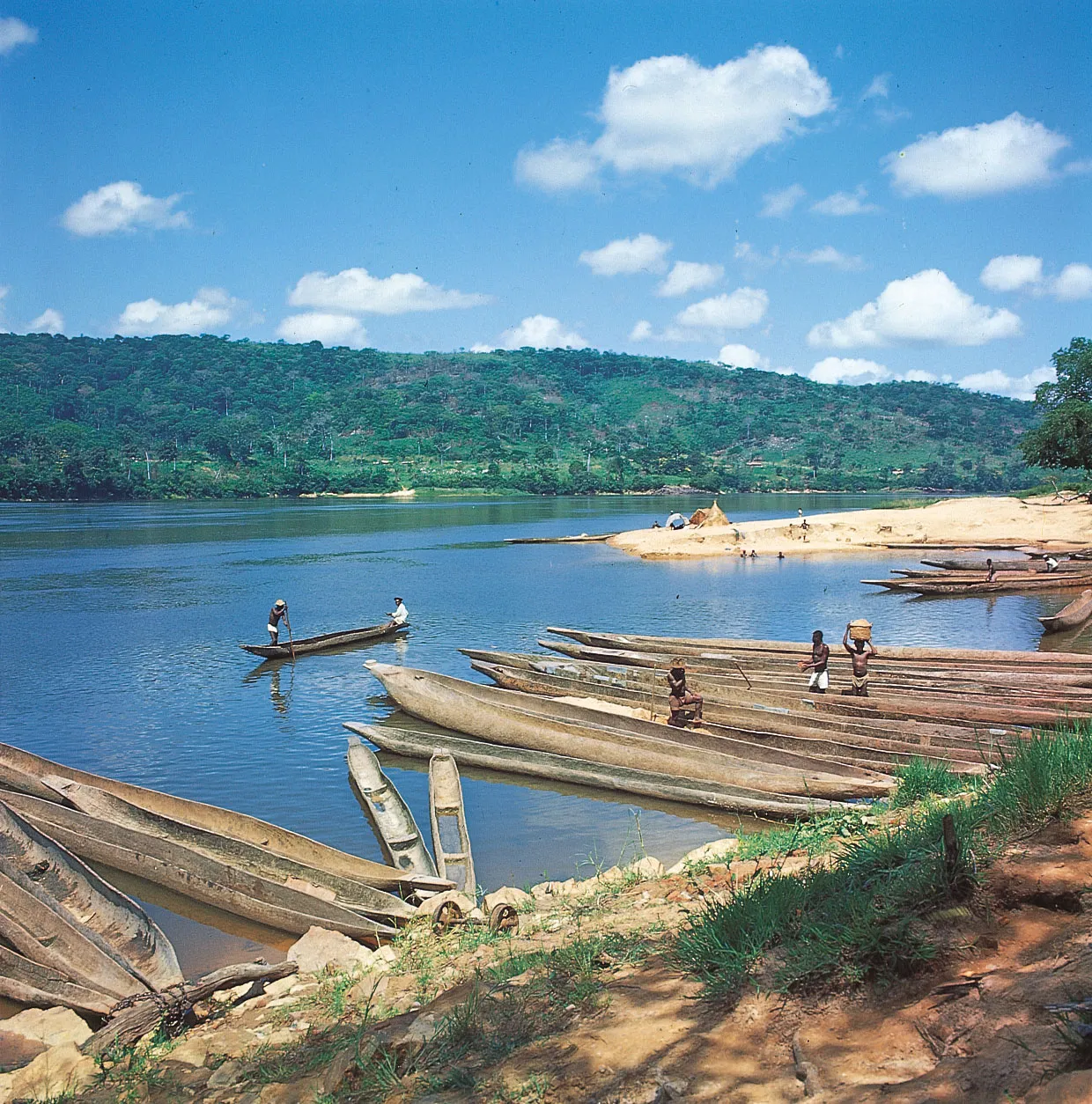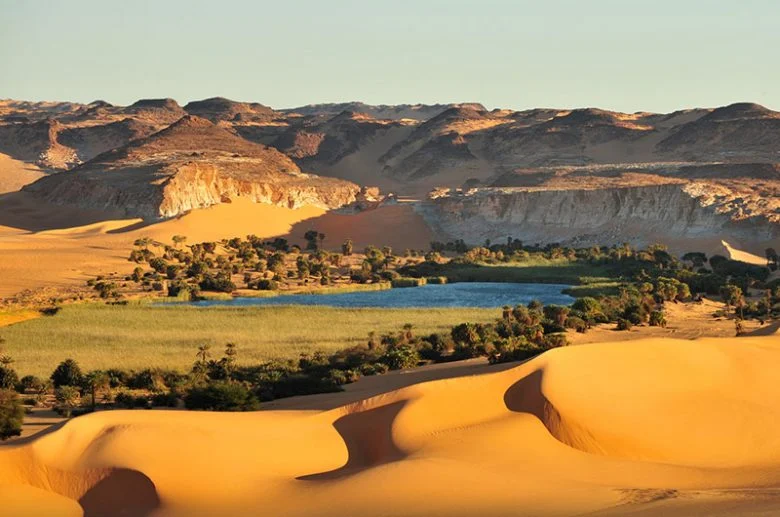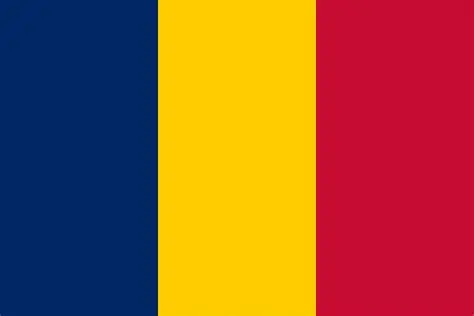Country profile
Location
Chad is a landlocked country in north-central Africa, bordered by Libya to the north, Sudan to the east, the Central African Republic to the south, Cameroon and Nigeria to the southwest, and Niger to the west. Although landlocked, Chad’s inland waterways—especially Lake Chad and the Chari–Logone river system—support local transport, trade, and fisheries. The country connects to regional trade corridors with access to seaports via Cameroon (e.g., Douala, Kribi) and through routes to eastern Africa. N’Djamena is the capital and largest city.

Language
The official languages are French and Arabic. Chadian Arabic serves as a widespread lingua franca, and more than 100 indigenous languages are spoken, including Sara in the south.
Government
Chad is a unitary state with a presidential system and a multi-party framework. The President serves as Head of State, supported by a government and a national legislature.


History
The territory of modern Chad has been inhabited for millennia and was home to historic states such as the Kanem–Bornu Empire. Under French colonial rule in the early 20th century, Chad became part of French Equatorial Africa and gained independence in 1960. Today, its economy blends agriculture, livestock, services, and hydrocarbons, while inland waters like Lake Chad continue to support livelihoods, transport, and commerce.
“Unité, Travail, Progrès”
(National motto of Chad — “Unity, Work, Progress”)
Flag
The flag of Chad is a vertical tricolor of blue, gold, and red. Blue is often associated with the sky and hope, gold with the desert and the sun, and red with progress and the sacrifices made for the nation.
